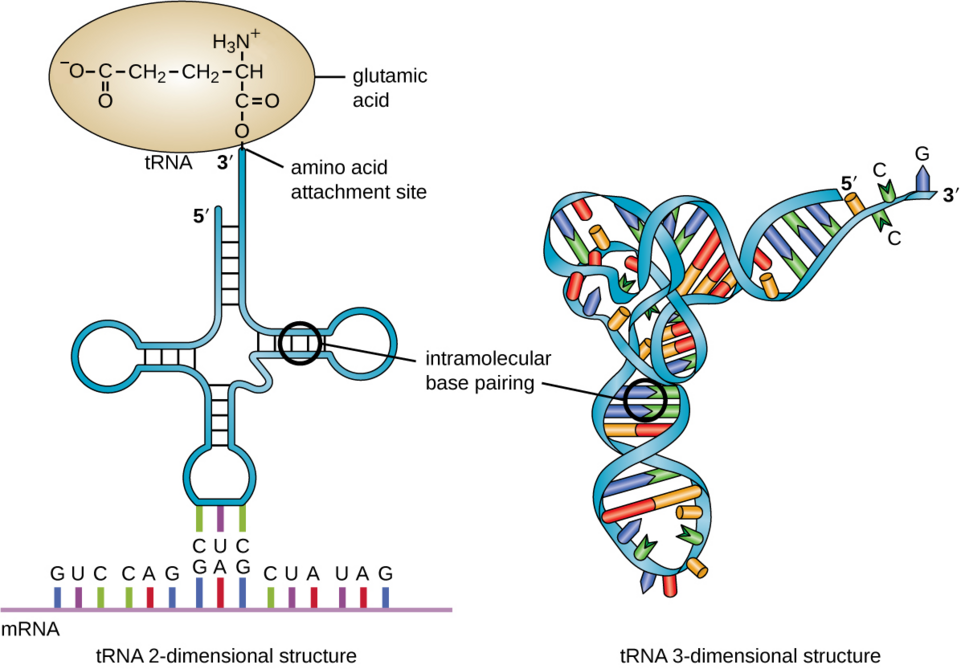Novel tRNA Methyltransferase Discovery Enhances Understanding of Archaeal Adaptation

Researchers at Ehime University have made a groundbreaking discovery in the field of molecular biology by identifying a novel tRNA methyltransferase, designated TrmTS, which exhibits an unusual domain architecture. This enzyme, found in the hyperthermophilic archaeon Thermococcus kodakarensis, plays a critical role in the 2′-O-methylation of tRNA, a modification essential for the stability and functionality of transfer RNA molecules under extreme environmental conditions.
The study, published in the esteemed journal Nucleic Acids Research on July 18, 2025, details how TrmTS uniquely combines THUMP and SPOUT domains, a structure not previously observed in known tRNA methyltransferases. The enzyme specifically catalyzes the methylation of adenosine, cytidine, and uridine at the ribose moiety, while notably excluding guanosine from its substrate range. This specificity is significant as it contributes to the thermal stability of tRNA, which is crucial for the survival of T. kodakarensis in high-temperature environments reaching up to 93°C.
The research team, led by Teppei Matsuda and including co-authors Ryota Yamagami and Hiroyuki Hori, utilized comparative genomic analysis to identify the TK1257 gene associated with TrmTS. This gene was pinpointed as responsible for the Cm6 modification, which enhances the structural integrity of tRNA. The researchers employed biochemical analyses and high-sensitivity RNA mass spectrometry to confirm the enzyme's function, marking a significant advancement in our understanding of tRNA modifications.
The implications of this discovery extend beyond the basic biological sciences into the realms of biotechnology and evolutionary biology. According to Dr. Andrew Zinin, lead editor of the publication, "The identification of TrmTS provides new insights into the molecular strategies that archaea employ to thrive in extreme conditions, suggesting that similar mechanisms might exist in other organisms."
In addition to its biological significance, the findings have potential applications in biotechnology, particularly in the engineering of tRNA molecules for synthetic biology. Dr. Sarah Johnson, a Professor of Molecular Biology at Harvard University, emphasized the importance of such research in developing novel therapeutic strategies, stating, "Understanding these modifications opens pathways for innovations in targeted medicine and genetic engineering."
This study also raises questions about the evolutionary pathways of tRNA modifications across different domains of life. The unique characteristics of TrmTS challenge existing classification schemes of tRNA methyltransferases and suggest a more complex evolutionary history than previously understood. The findings prompt a reevaluation of how modifications contribute to the adaptability of organisms in extreme environments, potentially informing future research on extremophiles and their applications in industry.
Future research initiatives will likely focus on the functional implications of tRNA modifications in diverse organisms, aiming to elucidate the broader patterns of adaptation in life forms subjected to extreme conditions. The exploration of TrmTS and its role in tRNA biology represents a significant step forward in molecular biology, with far-reaching implications for both fundamental science and applied technologies.
Advertisement
Tags
Advertisement





